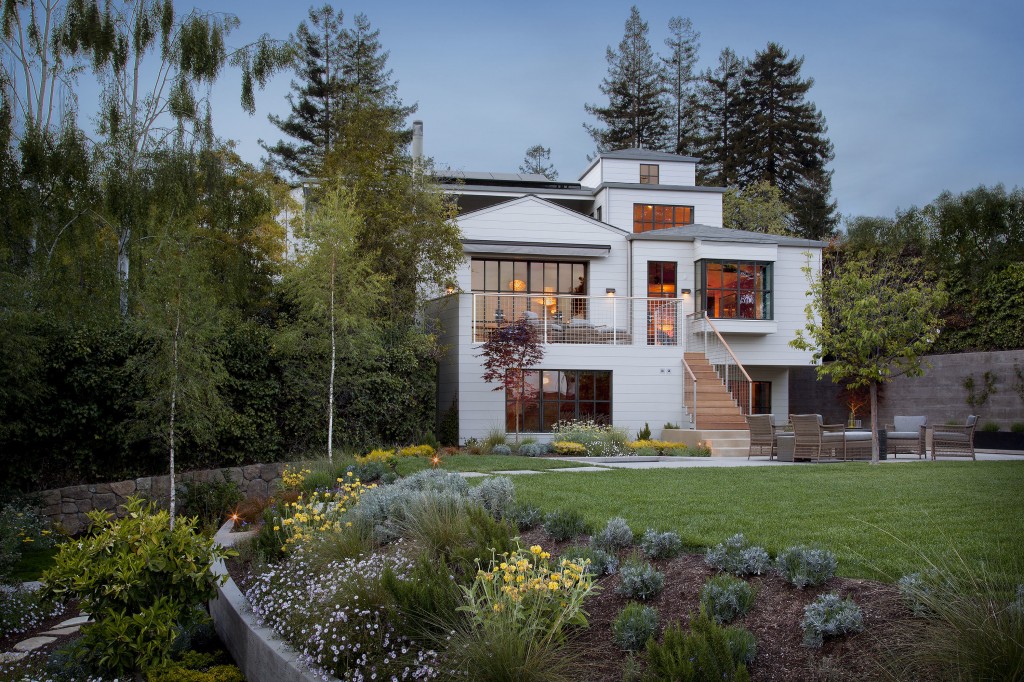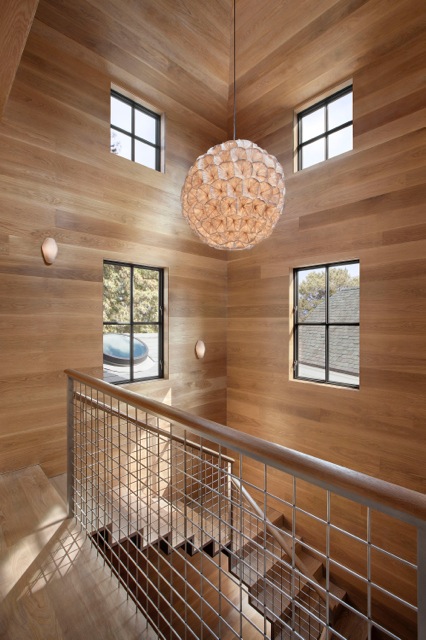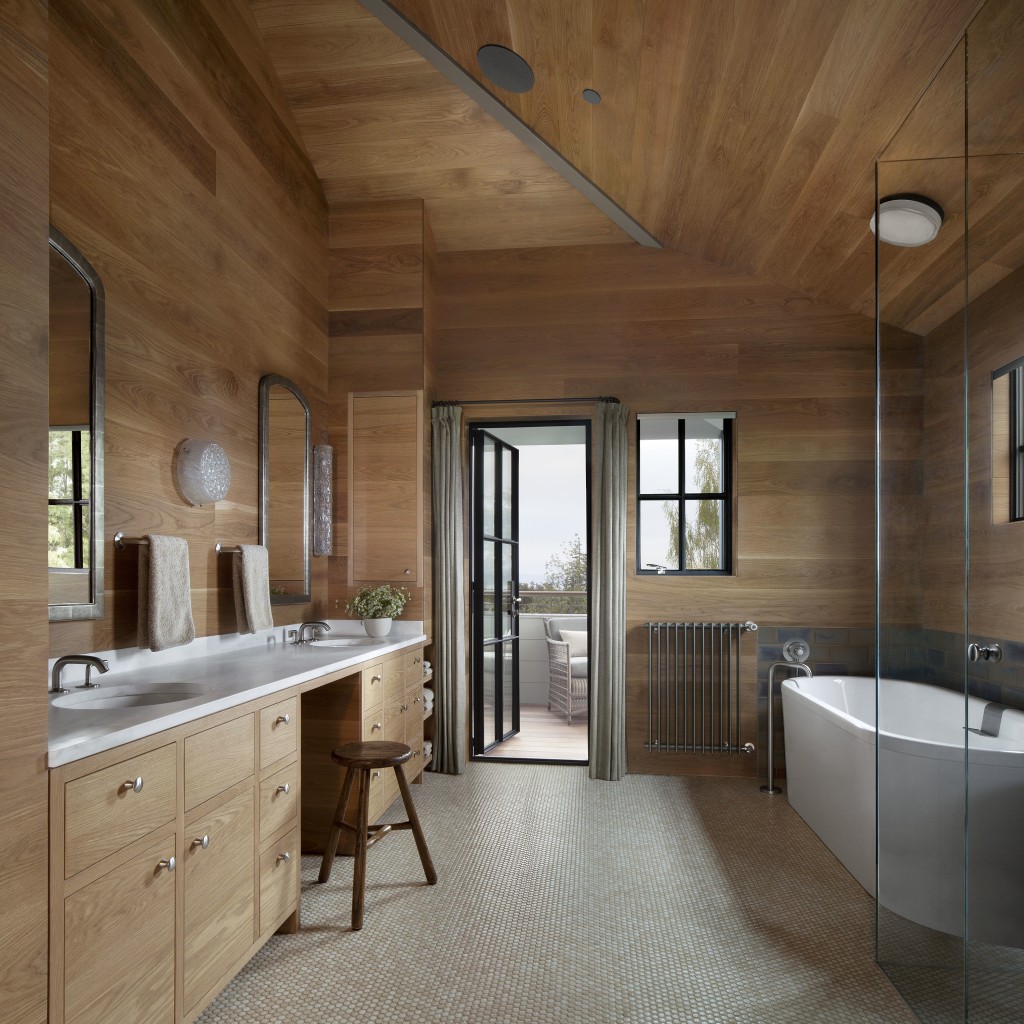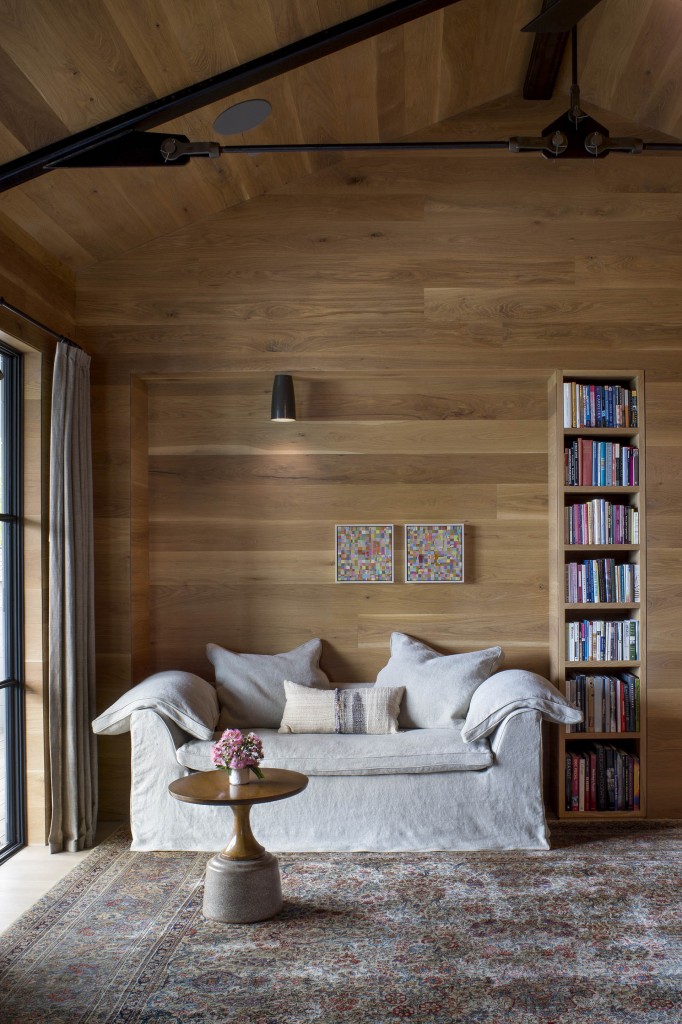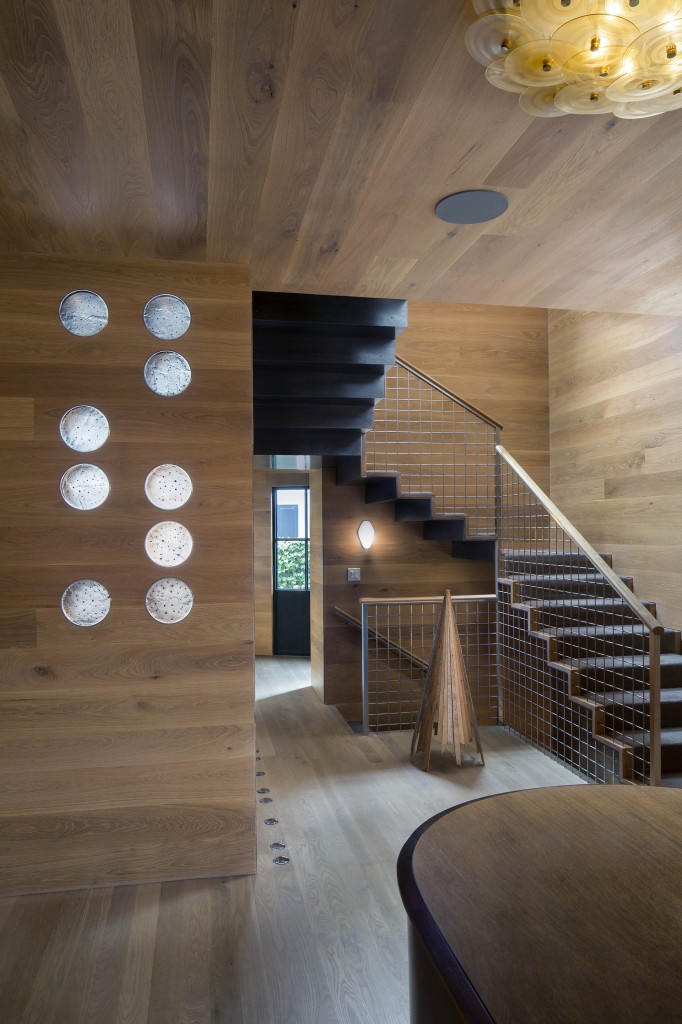I’ve written about a number of eco-friendly homes over the years but this beautiful remodel by architect Sherry Williamson has to be one of the most stylish. You can read more about the overall project in the current (October 2016) issue of Diablo Magazine, but I’m sharing a few photos here along with some ideas for how to create your own “healthy home.”
Marin County-based Williamson oversaw this elegantly spare design. It demonstrates an extraordinary commitment to practices and products that are both good for the environment and create a healthy environment for the homeowners and their young family. Williamson and the rest of the design team including Andrew Mann Architecture, McCutcheon Construction and Scott Lewis Landscape Associates made sure that every detail was as environmentally friendly and health-conscious as possible.
“Bringing the team up to speed on the level of green (which exceeded LEED in many areas) was probably the biggest challenge with this project. It really was a great opportunity to investigate the materials in all of the building materials and in the furnishings,” says Williamson. “When confronted with a challenge, we didn’t say ‘no’ that’s not possible. We asked how can we get what we are looking for in perhaps a new way? We were open to new materials and ideas.”
If you, too, are open to new ideas in green design take a look at these terrific suggestions from Williamson for creating our own healthy homes.
Finishes
- Find low or no-VOC finishes for wood or wall paints. Many companies offer these now and avoid the toxic mildewcides and biocides in paint. Try Auro USA or ECOS Paint or Benjamin Moore’s Aura.
- Select stone carefully. Some granite and other stone countertops are radioactive! You can ask most stone suppliers and they’ll guide you away from those likely to be radioactive (or you can have someone measure a stone with special equipment) but different batches can vary from a quarry.
- Avoid sealants on stone or grout. This family of products seems to contain a lot of harmful chemicals and no good options were found. The stone countertops in this house are all unsealed.
- Consider Aerogel insulation. This is a ‘space-age’ batt insulation material used by NASA as it protects very efficiently even in a very thin layer. Not always easy to obtain—but it was used for this project where we needed to have high insulation values and there was limited space.
Appliances + Fixtures
- Ask about BPA and other plastics used in common appliances like refrigerators. Some appliances utilize more costly stainless steel components that are durable and non-toxic. Miele seems to be a leader in cleaner products while SubZero told us they still used BPA in their refrigerator drawers when we inquired during this project. See more on BPA below under Household.
- Replace old toilets that use lots of water with efficient new ones that use less water. We used the Kohler Santa Rosa at 1.28 gallons per flush.
- Install a water filtration system for the drinking water. Many are available and remove the chlorine and other chemicals in standard city drinking water.
Furnishings
- Ask questions when you buy upholstered furniture. Some companies will be happy to provide information (Cisco for instance), while others are unable or don’t want to provide any details.
- Avoid ‘stain resistant’ applications for fabrics that most manufacturers and installers offer – like ScotchGuard, GoreTex or Teflon. Most stain resistant products are made up of PFC’s (like PFOA or PFOS) chemical compounds that are not proven healthy – many companies won’t divulge the ingredients – See articles here and here.
- Select all-wool carpeting with natural latex backing or antique wool area rugs. These clean easily with warm water. And avoid chemical backings on wall to wall carpets that can off-gas for months or years, creating unhealthy indoor air quality.
- Use carpet pad without off-gassing chemicals and no PVC like Ultimate Slide-Stop (or called GripTex) by American Fiber Cushion for large area rugs
- Buy a non-toxic mattress and pillows – many mattresses use foams with unknown ingredients, like memory foam and you sleep on this every night. Find a company that lists ALL ingredients in their mattresses and pillows like European Sleepworks in Berkeley! They are one of the first to produce organic mattresses and they have their fabrics certified through OEcotex.
Household:
- Use simple cleaning products – not ones with complex and toxic ingredients – and avoid harsh cleaning products that can also damage the finishes on sinks, faucets, tubs, toilets, countertops, etc.
- Avoid plastic food containers like sports bottles and plastic toys – store food in glass, use stainless steel dishes for reusable picnic ware – even BPA-free (bisphenol A) plastics are not the solution as BPA has been replaced with similar chemicals that are still untested and are believed to be harmful to humans (BPS is used now, and next in line could be Bisphenols AF, BPK, C, DK, F, G, M, PH, TMC and Z). See articles here and here.
- Use stainless steel or cast iron or enameled cookware – avoid stick-resistant finishes and aluminum pans.
All photographs by David Wakely
